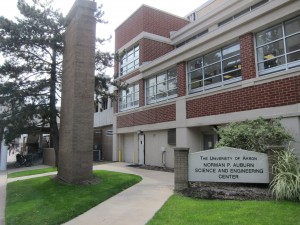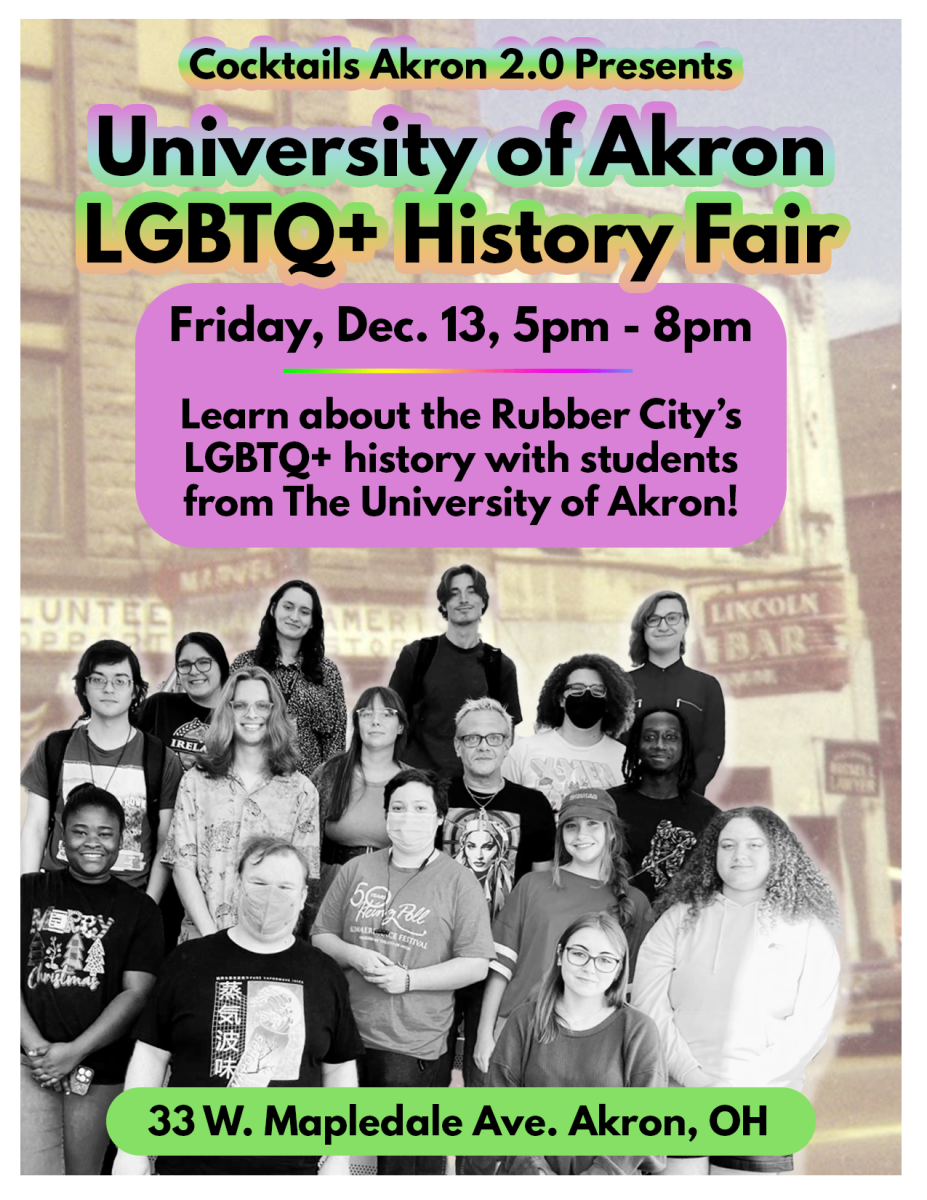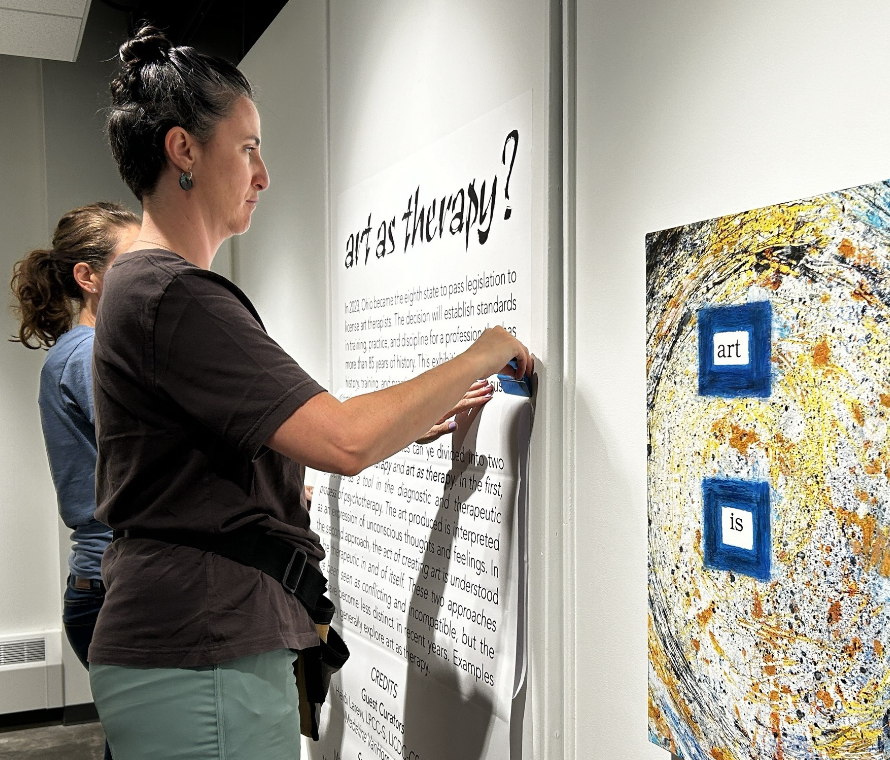Written by: Margaret Duff
Three years ago, Janine Benyus of Biomimicry 3.8 came to Northeast Ohio to give a lecture about biomimicry, the study of mimicking nature in technology in order to create a greener world. Last week, she gave a similar lecture at E.J. Thomas Hall.
Only this time, three University of Akron graduate students — Emily Kennedy, Bill Hsiung and Daphne Fecheyr-Lippens — accompanied her on the stage.
These graduate students, who have traveled the world studying nature, are a part of The University of Akron’s brand new biomimicry training focus in the Integrated Bioscience Ph.D program. The University of Akron offers the world’s first Ph.D program with a focus in biomimicry.
This new program has a story involving innovation, progress and people making great things happen. It all began with a group called the Northeast Ohio Biomimicry and Sustainability Network. This group got noticed at Benyus’ 2009 lecture, which gave them leverage to form Great Lakes Biomimicry (GLBio) in
July 2010.
GLBio is a nonprofit organization that works to use biomimicry to promote economic growth and to make Northeast Ohio a “biomimicry hub.”
GLBio has formed service partnerships with many companies and universities in the area, including The University of Akron and the Cleveland Institute of Art. These connections are imperative to show the world our area’s commitment to biomimicry, and to show what kinds of opportunities are available for scientists, designers, businesses and for the Northeast Ohio landscape as well.
Since The University of Akron began to work with GLBio, groundbreaking innovations have been released, like “gecko tape,” which resulted in two Nation Science Foundation grants, and spider silk muscle technology, which utilizes the design of spider’s silk strands to create incredibly strong ropes.
The university has been forming programs such as the Synapse program (which combines art and design with science), and has developed a strong relationship with the Cleveland Institute of Art, especially with their industrial design program. The only thing missing was an actual biomimicry-centered program at The University of Akron.
As a part of the Vision 2020 program, the university put out a call for proposals for the Achieving Distinction Strategic Investment Program. This was a competition to receive funding for cross-disciplinary programs
that enhance the university’s commitment to looking for innovative solutions to regional and global problems.
Of the 27 proposals put out by various schools and professors, the UA Biomimicry Research and Innovation Center (BRIC) was one of the three winners. Faculty members Ali Dhinojwala, Matthew Kolodziej, Francis Loth and Peter H. Niewiarowski were the founders of this proposal.
The Ph.D program is a five-year training program in integrated bioscience. There are currently three students, sponsored by partners of GLBio.
Although the history of this program is fascinating, one of the most important details is what it means for The University of Akron, for Northeast Ohio, and for
the world.
Having the first Ph.D program with a focus on biomimicry puts The University of Akron on the map for something that we already distinguish ourselves with: innovation. Biomimicry is perhaps the most innovative approach to technology in this day and age.
As customers and new laws begin to demand greener industry, our area will be responsible for coming up with these solutions. This is not like the area’s previous industrial booms that have resulted in chaotic events such as the burning of the Cuyahoga River. These industrial advances are likely to make our area cleaner and more beautiful, in addition to bringing in jobs and money.
The new PhD program and Northeast Ohio’s rapidly growing “Biomimicry hub” will be the center of innovative design solutions that will be adapted by people around the world. The advances that will come from our hometown are going to be a big part of how design is finally beginning to adapt to the earth to which it had previously been
so detrimental.





